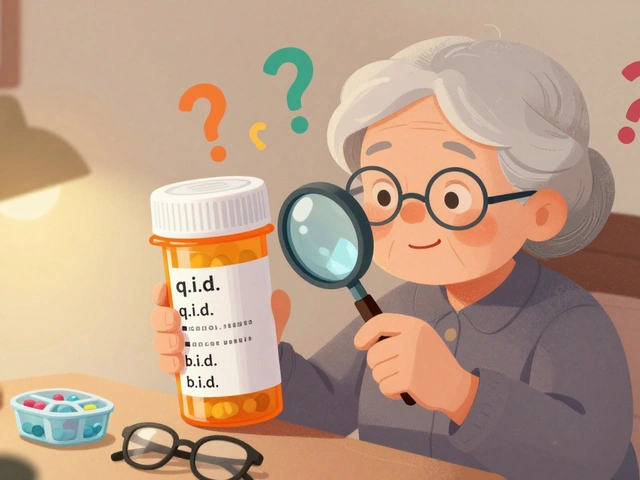
NSAIDs: What They Are and When to Use Them
If you’ve ever reached for ibuprofen or naproxen, you’ve used an NSAID. These drugs cut pain, lower fever, and reduce swelling by blocking chemicals called prostaglandins. That’s why doctors prescribe them for headaches, muscle strains, arthritis, and even menstrual cramps.
Common NSAIDs You’ll See on the Shelf
The most familiar names are ibuprofen (Advil, Motrin), naproxen (Aleve), and aspirin. Each comes in regular or extra‑strength tablets, liquid gels, and sometimes topical creams. The dosage matters – a low dose can handle a mild headache, while higher doses tackle stronger inflammation like joint pain.
Safety First: Risks You Should Know
NSAIDs are handy, but they aren’t without drawbacks. Stomach irritation is the most common issue; you might feel heartburn or even get an ulcer if you take them on an empty stomach. They can also raise blood pressure and, for some people, worsen kidney function. If you have a history of heart disease, talk to your doctor before using them long‑term.
Mixing NSAIDs with alcohol or certain meds (like blood thinners) raises bleeding risk. Always read the label and follow the recommended daily limit – usually 1,200 mg for ibuprofen without a prescription.
Choosing the Right NSAID for You
Start by thinking about what you need relief from. For short‑term aches like a sore throat or minor sprain, ibuprofen works well and is gentle on the stomach when taken with food. Naproxen lasts longer (up to 12 hours), so it’s good for chronic conditions like arthritis where you don’t want to re‑dose every few hours.
If you’re looking for a blood‑thinner effect, low‑dose aspirin might be recommended by your doctor, but it isn’t the best choice for everyday pain because of its stomach impact. When in doubt, ask a pharmacist – they can point out interactions with any prescription meds you already take.
Practical Tips to Reduce Side Effects
Take NSAIDs with food or milk; that simple step cuts stomach upset for most people. Stay hydrated and avoid using them on an empty bladder if you have kidney concerns. If you need a longer course (more than a few days), schedule a quick check‑in with your doctor to monitor blood pressure and kidney function.
For those who can’t tolerate oral NSAIDs, topical gels like diclofenac cream target joint pain locally without stressing the gut. They’re not as strong systemically but work great for knee or hand arthritis.
When to Skip NSAIDs
If you’ve had an ulcer, severe heart failure, or are on blood thinners, skip NSAIDs unless your doctor says otherwise. Also, avoid them in the third trimester of pregnancy – they can affect fetal circulation.
In summary, NSAIDs are powerful tools for everyday pain and inflammation when used correctly. Know which product matches your symptom, respect the dosage limits, and keep an eye on any stomach or heart warning signs. Got a specific question? Drop us a line in our Contact Us page – we’re happy to help you choose safely.
-
9 Jun







